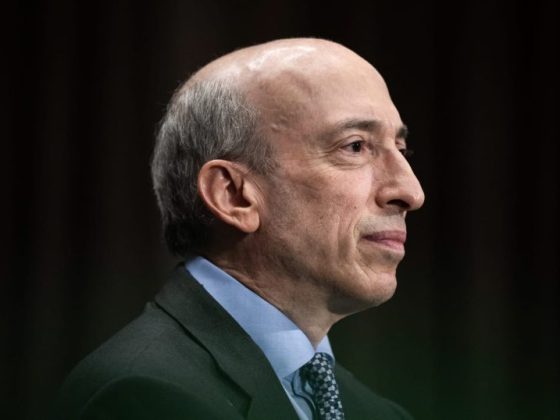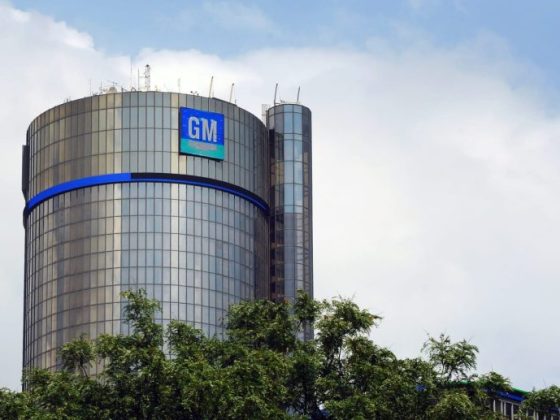Navigating the intricate web of factors that have prompted CVS to consider a break-up confirms just how convoluted the dynamics of large-scale corporate functioning can become. The pressure is definitely on for the pharmacy giant, with mounting evidence suggesting the potential of a split-up scenario in its future. However, the ramifications of such a move are predicted to be equally complex and significantly risky.
The labyrinthian issues contributing to CVS’s desire to consider a split can be traced back to the acquisition of Aetna in 2018. The merger saw CVS transform from a pharmacy outlet to an integrated healthcare corporation, which incorporated a significant expansion of business risks. Instability stemming from the inherent challenges in pharmacy retail, health insurance, and pharmaceutical benefits management layers have led to severe operational complications. The confluence of multiple practices has perpetrated system complexity, bringing with it, an amplified risk of sub-optimal performance or potential breakdowns.
Additionally, CVS’s core pharmacy business has been on shaky grounds due to the challenging environment brought about by the pandemic. The decline in footfall amid lockdowns, the rising competition from online drug-dispensing companies, and escalating drug prices have squeezed CVS’s pharmacy segment. While the corporation’s health insurance and Caremark segments have performed reasonably well, they have yet to stabilize the overall performance.
Adding to the pressure, activist investor, Starboard Value LP, recently acquired a sizable stake in CVS. Historically known to push major corporations towards difficult decisions for maximizing shareholder value, Starboard’s involvement has amplified the perceived need for a separation.
It’s important to remember that a break-up won’t be a risk-free road to salvation. Firstly, the operational structure will have to withstand the wear and tear of a potential split, which will require substantial financial and logistical backing. An organization attempting a breakup usually needs to weather increased costs, including those associated with redundancies, real estate, and contracts, which CVS will need to account for diligently.
Secondly, CVS’s current business model allows for significant cross-segment subsidization. Their retail pharmacy benefits from the efficient supply chain of the pharmaceutical benefits management segment, leading to better negotiations with pharmaceutical companies, ultimately reducing costs. A split might hinder CVS’s ability to leverage this cross-subsidization advantage.
Moreover, a breakup could also potentially affect customer acquisition. CVS’s “all in one place” model serves as a significant unique selling proposition. The ability to provide health insurance, fill prescriptions and obtain retail health products under one brand presents an added convenience to consumers – a unique point of differentiation that could decline post-breakup.
Ultimately, CVS’s potential breakup is not a clear-cut solution, but a high-stake gamble that requires meticulous consideration of each associated risk. As the company grapples with an uncertain future, it will need to tread lightly, understanding that the potential for risk lies not just in staying the course but equally within the decision to sever ties with its current integrated business model.











